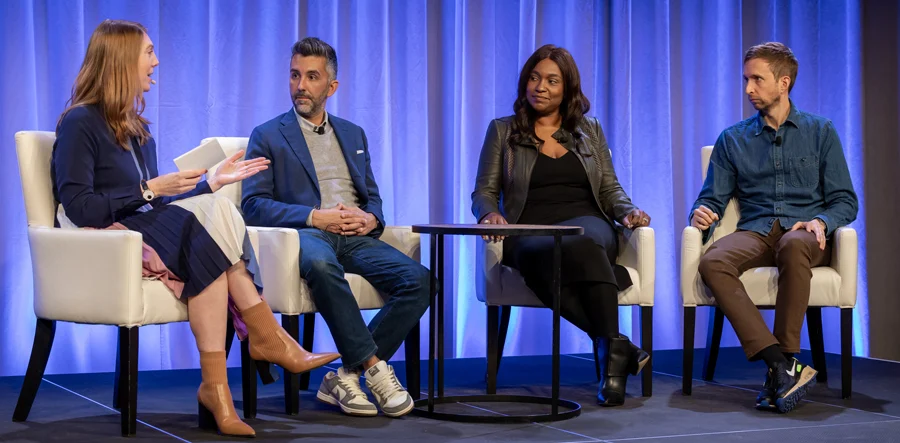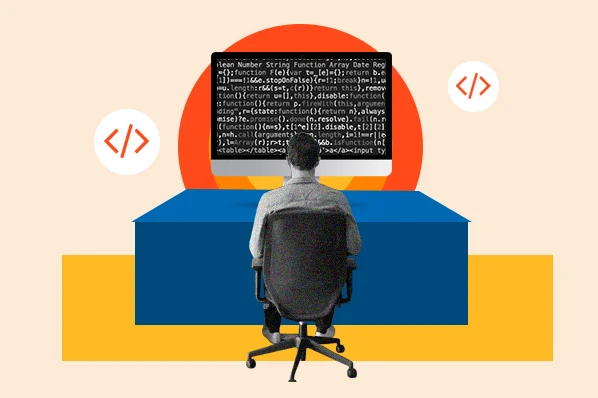CTV commercials are becoming more targeted. But are people actually paying attention to them?
Streaming services that monetize through advertising must promote engagement first and foremost. However, both programmers and investors agree that one of the most difficult aspects of running a lucrative CTV business is engagement.
A large part of the problem is that many users switch to a second device as streaming ads are provided, according to Leo O’Connor, SVP and head of programmatic advertising at Paramount Global, during CTV Connect in New York City on Wednesday.
READ MORE: A Look Ahead At Ad Tech As The New Year Gets Started For CTV, Data, And Programmatic

And it doesn’t help that most big streaming apps have raised their ad loads over the last year, which isn’t attracting the correct kind of traffic.
As programmers, “we need to do a better job of keeping people engaged with the content they watch,” O’Connor stated. For an ad-supported streamer, increasing average viewer time might be more profitable than adding more net new members because it results in significantly more ad supply.
Programmers must balance ad loads with changing consumer expectations. However, given viewers’ aversion to advertisements, this is a difficult task. They already pay for expensive subscriptions and are used to ad-free viewing.
READ MORE: The Next Stage Of CTV Performance Is Retargeting
So programmers must be imaginative.

The trick is to make the streaming viewing experience as seamless as possible.
One approach that programmers can reduce overall commercial time without significantly reducing supply is to serve more commercials when customers are more likely to view them.
For example, Warner Bros. Discovery aims to shorten ad breaks during prime-time hours to improve the user experience when more people are likely to be watching anything, whereas less popular viewing periods may have higher ad loads, according to Evan Giamanco, SVP of ad strategy and innovation.
READ MORE: Although CTV Ad Targeting Is Becoming More Avanced, Data Quality Is Not
Managing ad load “has a lot to do with time of day,” Giamanco added, noting that WBD’s average ad load for Max is around five minutes per hour (the linear standard is roughly 18 minutes).

The volume of ads displayed is also determined by the sort of content seen.
According to Danielle Brown, SVP of data enablement and category strategy at Disney Advertising, a heavier ad load is less tolerated during a two-hour movie than during a 30-minute TV show with breaks for additional advertising.
However, regardless of content or time of day, O’Connor advised programmers to try to collapse or skip ad breaks if there isn’t enough demand to fill a pod. Blank screens or a “we’ll be back” slate are a popular viewer pet annoyance, which publishers should avoid wherever possible, he says.
Another method is to reduce perceived ad volume while keeping the number of ad pods.
Ad creative and formats lasting more than 30 seconds are growing more popular since they do not feel like advertisements, resulting in better audience engagement.
Advertisers are also more interested in financing content, which minimizes the number of ads a viewer sees, he explained. Binge advertising are popular for a similar reason: advertisers are effectively funding a reduced ad break, which can assist increase brand favorability.
Clickable product advertisements or ads with QR codes can also be effective engagement starters. For example, in January, Disney beta-tested a new shoppable ad unit that allows viewers to transmit product information to their phones, incentivizing them to reengage with a brand in a different channel.

A variety of new ad formats may increase interaction, but marketers are more concerned with targeting the proper demographic than with the exact placement of their advertising, according to Brown.
The issue with modern ad formats is that there is still no industry norm for performance and measurement, complicating campaign planning and, consequently, targeting.
According to Giamanco, the next phase of the streaming warfare will be programmers in “an arms race for data.”
Radiant TV, offering to elevate your entertainment game! Movies, TV series, exclusive interviews, music, and more—download now on various devices, including iPhones, Androids, smart TVs, Apple TV, Fire Stick, and more.


